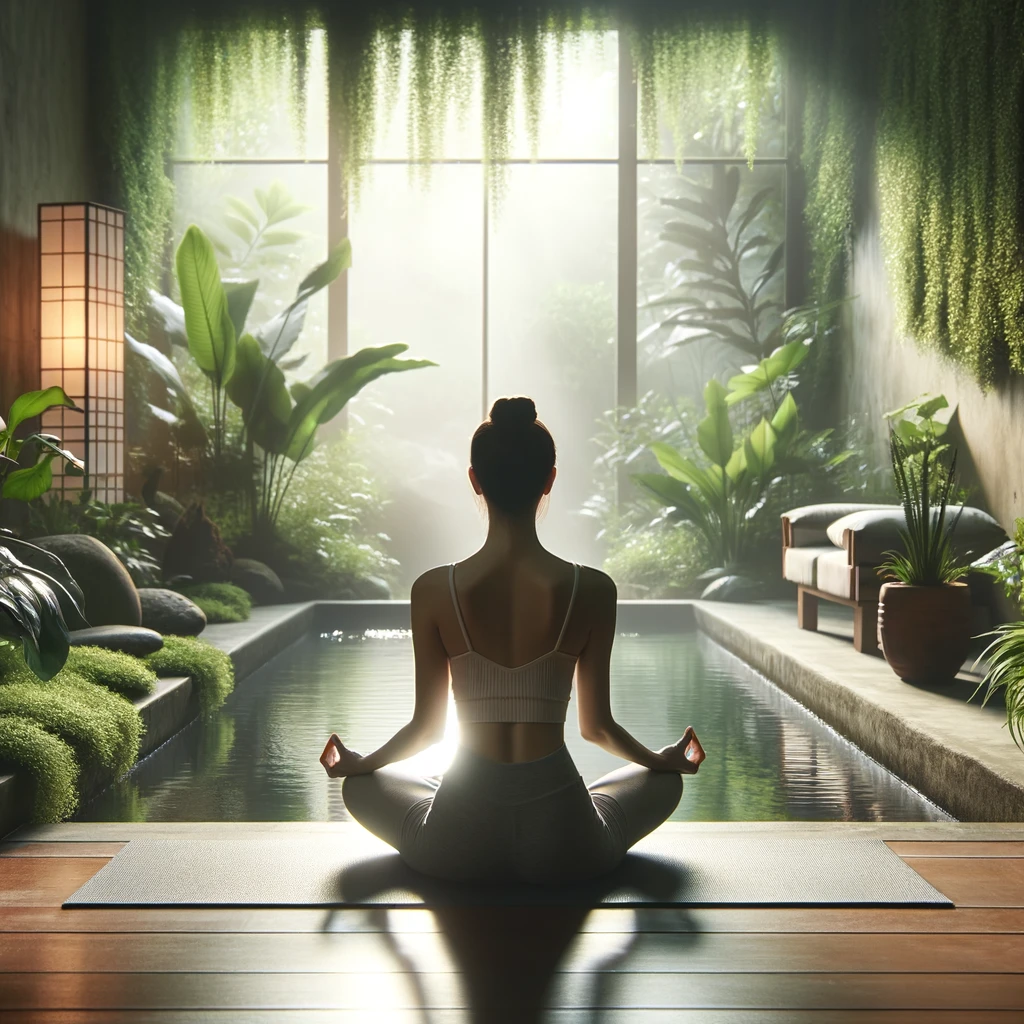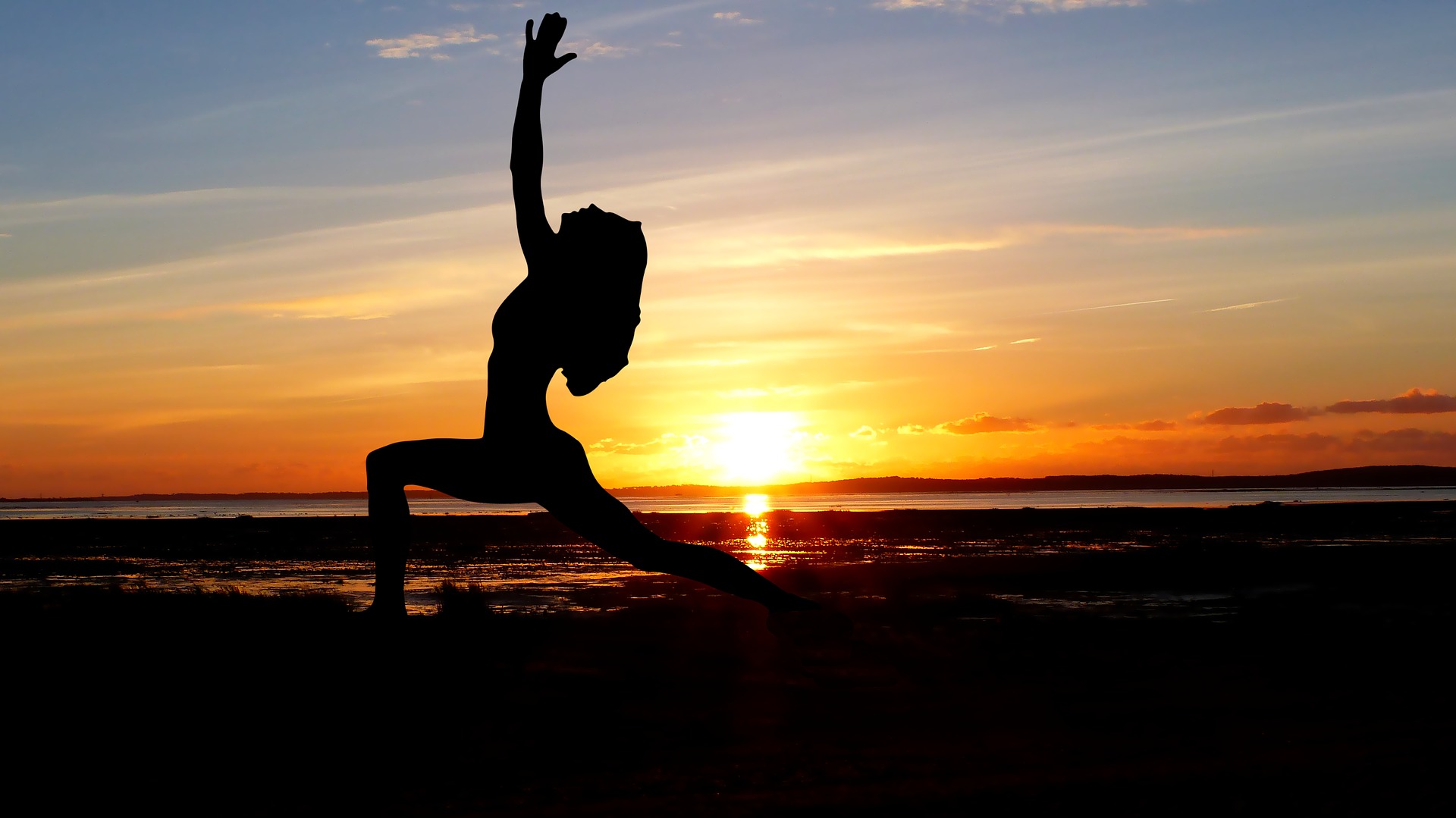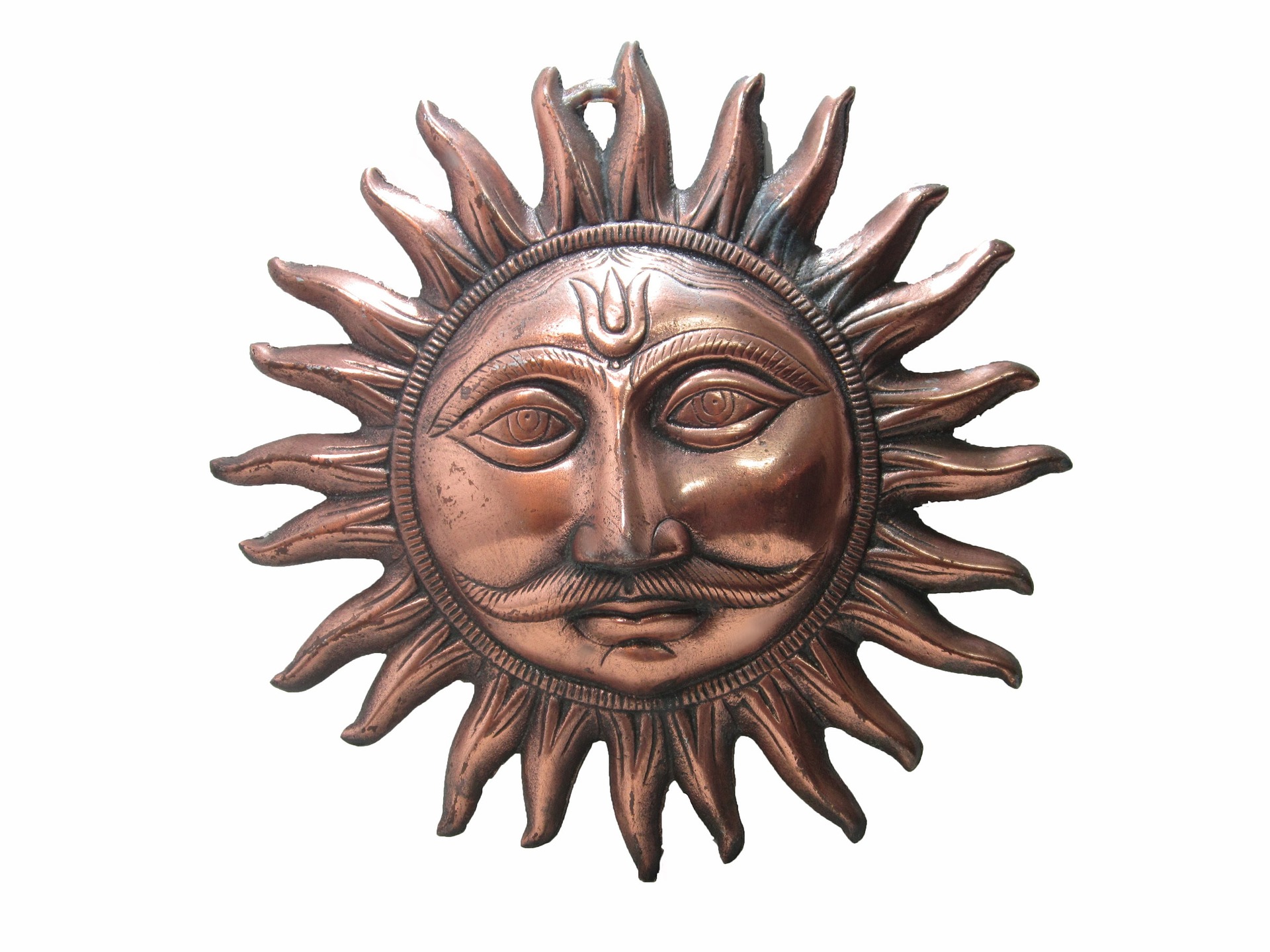
Sukhasana, commonly referred to as Easy Pose, is a foundational seated yoga posture that embodies simplicity, comfort, and stability. The name “Sukhasana” is derived from two Sanskrit words: “Sukha,” meaning ease or comfort, and “Asana,” meaning posture or pose. As its name suggests, Sukhasana provides a gentle and accessible way to ground the body and mind, making it an ideal starting point for yoga practice or a peaceful posture for meditation.
Instructions:
- Sit evenly on your sit bones.
- Cross your shins in front of you, leaving space between your calves and thighs.
- Relax your shoulders and sit up tall.
- Engage your abs to draw your lower ribs back into your spine.
Breathing:
- Optionally practice ujjayi breathing by breathing deeply in and out through your nose.
- Aim for a nice, even breath where the length of your inhale matches the length of the exhale. Practice for at least a minute.
Modifications:
- If Sukhasana is difficult due to hip bone structure, sit on something that raises your hips, such as a bolster, blanket, or pillow.
Benefits:
- Grounding and Centering: Sukhasana helps ground and center the body and mind, making it an excellent pose for starting or ending a yoga practice.
- Improves Posture: Sitting evenly on the sit bones and elongating the spine in Sukhasana helps improve posture over time. This can alleviate tension in the back and neck.
- Hip Flexibility: Regular practice of Sukhasana can increase flexibility in the hips, reducing stiffness and discomfort.
- Calms the Mind: The simplicity of Sukhasana encourages a sense of calm and relaxation. It’s often used as a posture for meditation, promoting mental clarity and focus.
- Promotes Digestion: Sitting with an upright spine in Sukhasana can aid digestion by allowing for proper alignment of the digestive organs.
- Relieves Stress and Anxiety: The combination of deep breathing and a relaxed posture in Sukhasana can help reduce stress and anxiety levels.
- Increases Awareness: Practicing Sukhasana encourages mindfulness and self-awareness, fostering a deeper connection between the mind and body.
- Accessible to All Levels: Sukhasana is accessible to practitioners of all levels, making it an inclusive pose suitable for beginners and experienced yogis alike.
As you embark on your journey of self-discovery through yoga, let Sukhasana serve as a reminder to approach each moment with grace, mindfulness, and an open heart.








